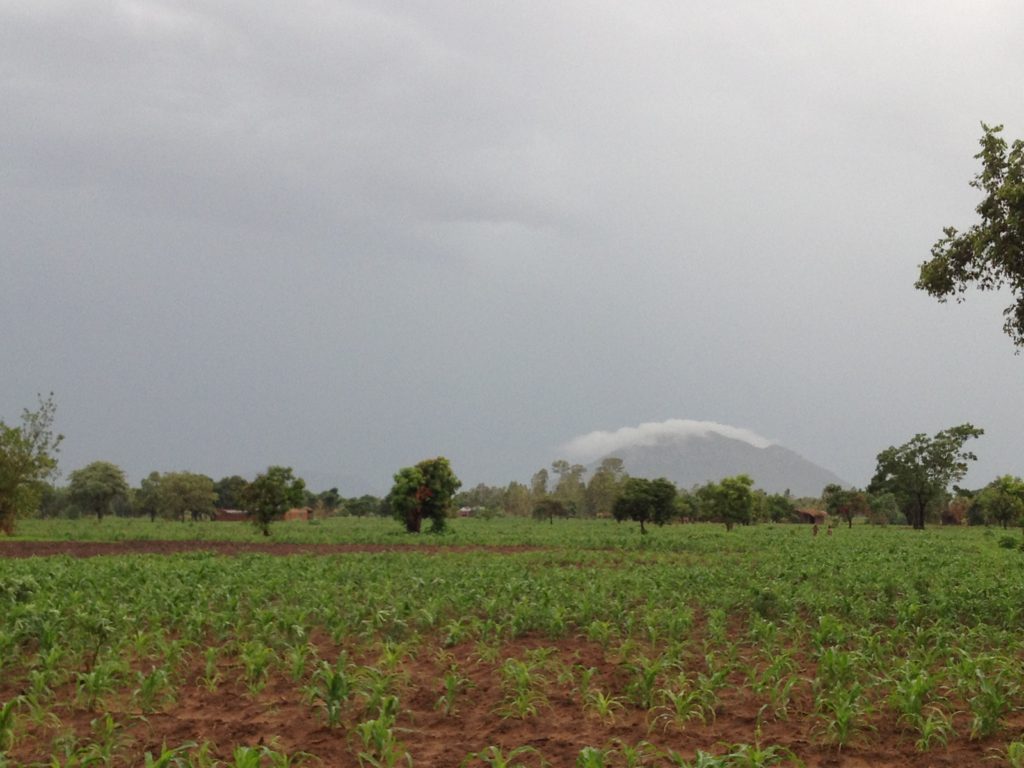I was recently interviewed by NPR’s Shankar Vedantam (the host of Hidden Brain) for a story about my paper “Scared Straight or Scared to Death? The Effect of Risk Beliefs on Risky Behaviors”. The story ran today on Morning Edition, and you can find it online here:
How Risk Affects The Way People Think About Their Health
The story does a nice job of overviewing the key finding in my paper, which is that overstating the risks of an activity too much can backfire, causing people to give up and stop trying to protect themselves. This is the opposite of the usual pattern we observe.
It glosses over an important detail about the context and my empirical findings, which is that the fatalism result holds for some people, not everyone. Anthropologists have observed rationally fatalistic reasoning among some men in Malawi, not all of them. In my sample, I find fatalistic responses for 14% of people – the ones with the highest risk beliefs. I also find that those people are less likely to think they already have (or will inevitably contract) HIV, and that they are at higher risk for contracting and spreading HIV than the rest of the population.
I assume that NPR simply shortened the story for time, and I do think that their takeaway is the right one – we should be cautious when trying to scare people into better behavior by playing up how risky certain activities are.

You can find the latest version of the paper on my website or on SSRN. Here’s the abstract:
This paper tests a model in which risk compensation can be “fatalistic”: higher risks lead to more risk-taking, rather than less. If exposure cannot be perfectly controlled, fatalism arises when risks become sufficiently high. To test the model I randomize the provision of information about HIV transmission rates in Malawi, and use a novel method to decompose the risk elasticity of sexual risk-taking by people’s initial risk beliefs. Matching the model’s predictions, this elasticity varies from -2.3 for the lowest initial beliefs to 2.9 for the highest beliefs. Fatalistic people, who have a positive elasticity, comprise 14% of the population.
For more details about the paper, see my previous posts about it on this blog (first post second post) or on the World Bank’s Development Impact blog (link).